1:72 Lockheed Martin F-16CM(CJ) Block 50 Fighting Falcon #92-3894 USAF PACAF Viper Demo Team/14th Fighter Squadron "Samurais",35th Fighter Wing, Misawa AFB, Japan(Hobbymaster)
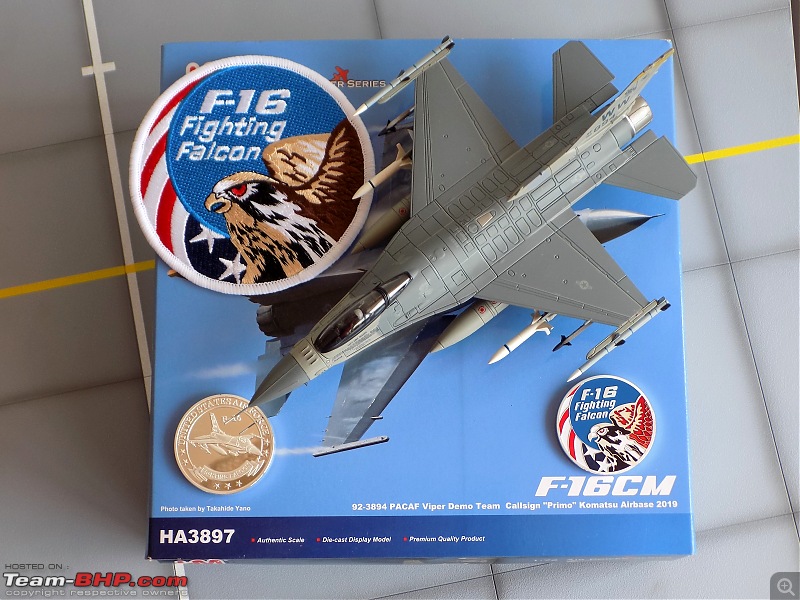
The fifth F-16 in my collection and one I had been looking for - a USAF F-16 in operational livery and this has aircraft has an Indian connection, which was bonus for me.
Designed by General Dynamics as a lightweight, daytime USAF air-combat fighter, the F-16 was first flown on January 20th, 1974. This single-engine, supersonic aircraft has, over the years, evolved into a multirole aircraft. It has a frameless bubble canopy-giving its pilot superior visibility-and it uses advanced aerodynamics. The F-16 was one of the first designs to use a relaxed static stability/fly-by-wire system, which helps it pull 9-g maneuvers and achieve speeds of more than Mach 2. Called "Viper" by its pilots, the F-16 is considered one of the most successful aircraft designs of the Cold War, with 4,400+ aircraft built since 1976.
F-16C Block 50
The first Block 50 F-16 was delivered in late 1991; the aircraft is equipped with improved GPS/INS, and can carry an additional selection of advanced missiles: the AGM-88 HARM missile, JDAM, JSOW and WCMD. Block 50 F-16s are powered by the General Electric F110-GE-129 engine. These Block 50 F-16Cs were designated as the F-16CJ and have the HARM avionics/Launcher Interface Computer (ALIC) resulting in a full autonomous employment capability of the HARM missile. This capability adds the SEAD (Suppression of Enemy Air Defenses) mission to the already extensive list of missions the F-16 is capable to perform. Block 50 F-16s were delivered to the USAF & the Air Forces of Turkey, Greece and Chile.
PACAF Demo Team
The USAF PACAF(Pacific Air Forces) Demonstration Team is comprised of two F-16 pilots, a demonstration pilot and a safety observer as well as eight maintainers that are handpicked. F-16CM(CJ) Block 50 92-3894 had previously spent time with the 13th FS "Panthers" during Operation Iraqi Freedom where it flew 21 missions and later it was assigned to 14th FS "Samurais". The squadron operated the Block 30 F-16C previously with the tail code MJ and achieved initial operational capability in Block 50 F-16CJs in 1996. The squadron's tail code was simultaneously changed from "MJ" to "WW" in recognition of the wing's Wild Weasel heritage. Wild Weasel is a code name given by the USAF to its aircraft, of any type, equipped with anti-radiation missiles and tasked with the Suppression of Enemy Air Defenses: destroying the radar and Surface-to-Air Missile installations of enemy air defense systems.
14th FS "Samurais"
The 14th Fighter Squadron "Samurais" is part of the 35th Fighter Wing at Misawa Air Base, Japan. The squadron operates General Dynamics F-16CJ Wild Weasel aircraft. It conducts Suppression of Enemy Air Defenses air operations. The squadron has been stationed at Misawa since 1987
F-16C Block 50 92-3894
The aircraft was delivered to 13th FS in June 1994 and based at Misawa AFB, Japan. It was a part of the 13th FS's deployment to Iraq as part of the 363rd Air Expeditionary Wing during Operation Iraqi Freedom from February to May 2003.It flew Wild Weasel missions hunting Iraqi SAM, Radar and AAA sites. The missile & bomb firing marks are painted under the canopy.
In 2006, this very F-16 92-3894 was part of the USAF contingent that visited Kalaikunda AFS, West Bengal to participate in the Cope India exercises.
In 2009, the aircraft was transferred to the th FS, also based in Misawa.
After the CCIP upgrade (Common Configuration Implementation Program, or CCIP -pronounced C-Sip) - not to be confused with CCIP (Constantly Computed Impact Point) bombing mode display on the HUD, the USAF Block 40, 42, 50, and 52 aircraft are now covered by the CM series designations. The use of the additional suffix letter as an aircraft designation is also common. The CCIP upgrade merely is a retrofit of some 'goodies' on older block F-16s(40-52) to bring them on to the latest production standards and in one move get some kind of standardization among the F-16 fleet.
General characteristics
Crew: One
Primary function: Multirole fighter
Contractor: Lockheed Martin Corp.
Power plant: One General Electric F110-GE-100/129
Thrust: 27,000 pounds
Wingspan: 32 feet, 8 inches (9.8 meters)
Length: 49 feet, 5 inches (14.8 meters)
Height: 16 feet (4.8 meters)
Weight: 19,700 pounds without fuel (8,936 kilograms)
Maximum takeoff weight: 37,500 pounds (16,875 kilograms)
Fuel capacity: 7,000 pounds internal (3,175 kilograms); typical capacity, 12,000 pounds with two external tanks (5443 kilograms)
Payload: two 2,000-pound bombs, two AIM-9, two AIM-120 and two 2400-pound external fuel tanks
Speed: 1,500 mph (Mach 2 at altitude)
Range: more than 2,002 miles ferry range (1,740 nautical miles)
Ceiling: above 50,000 feet (15 kilometers)
Armament: one M-61A1 20mm multibarrel cannon with 500 rounds; external stations can carry up to six air-to-air missiles, conventional air-to-air and air-to-surface munitions and baggage or electronic countermeasure pods
The Model
As usual, being a Hobbymaster model, it is superb with excellent finish and great detailing. The fact that it is in a Wild Weasel configuration and the fact that this aircraft came to India are additional bonuses for me.
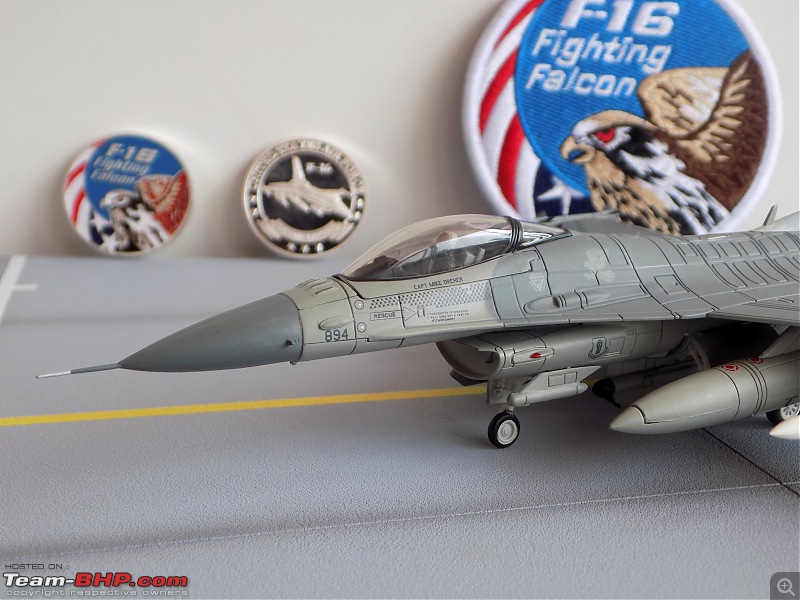
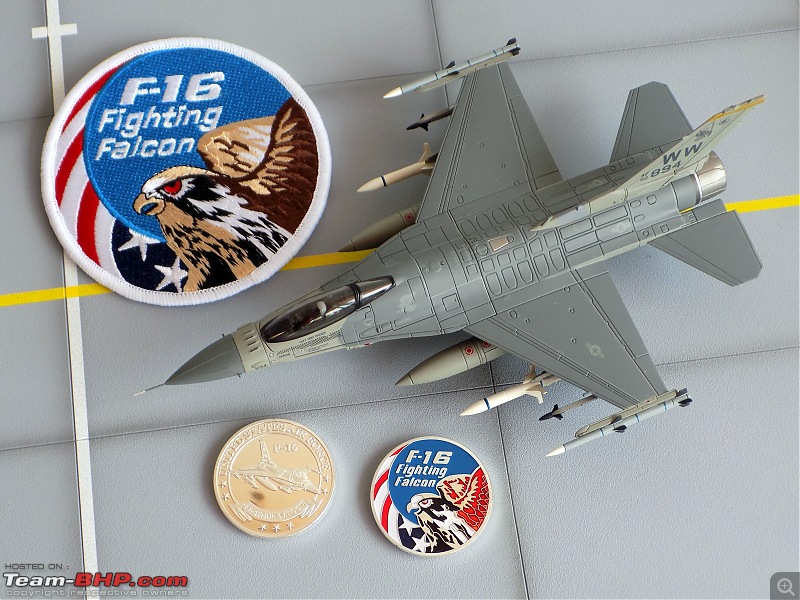
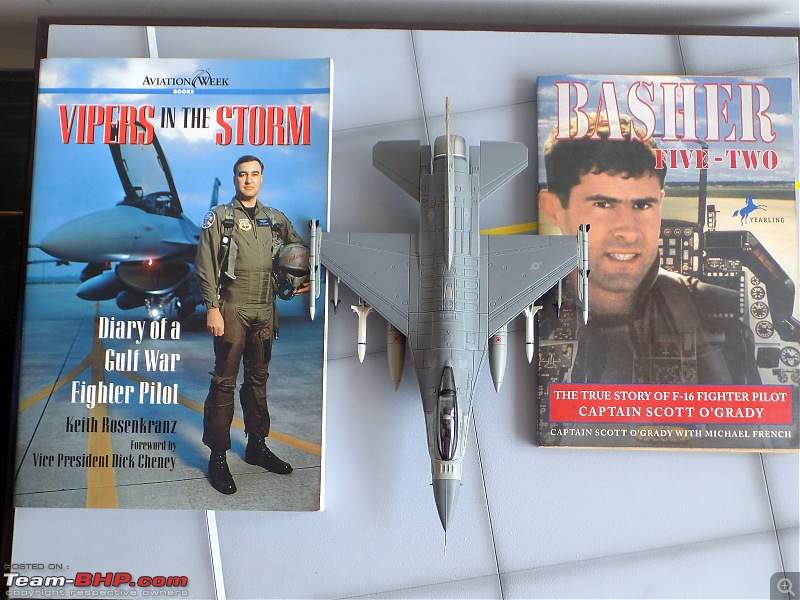
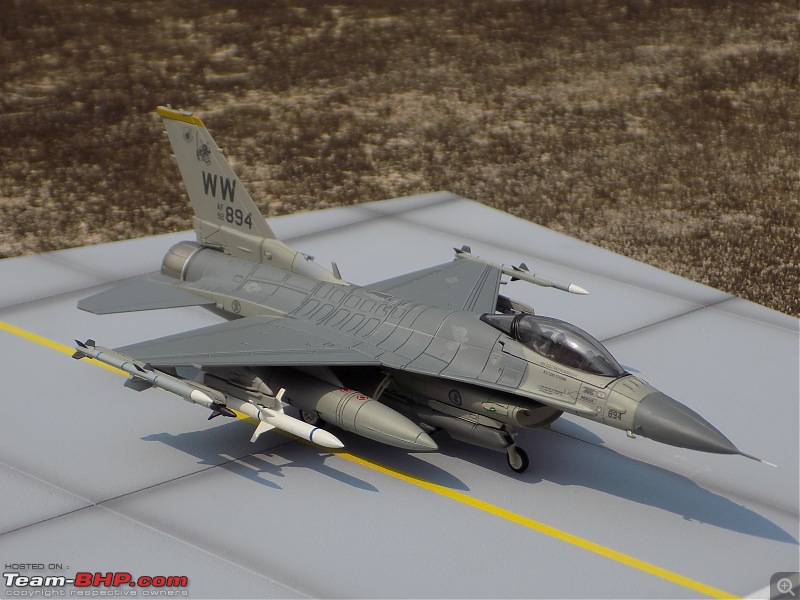
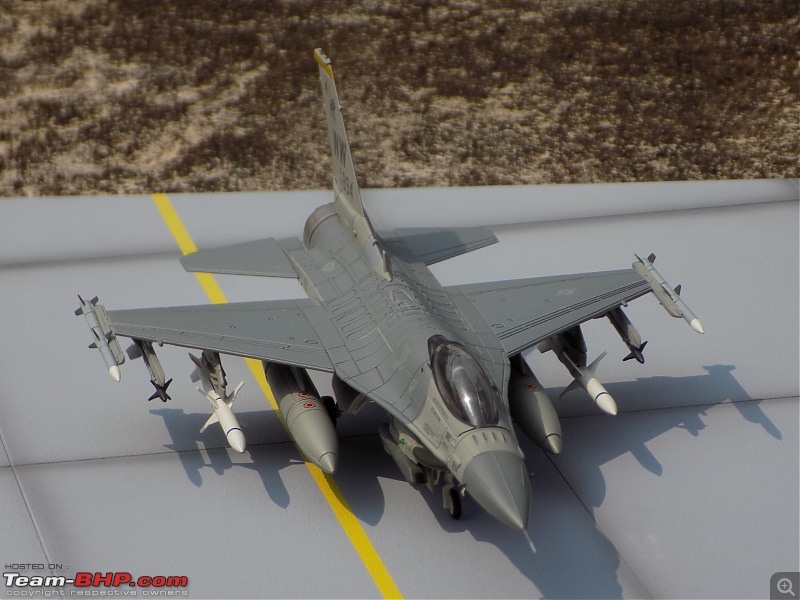
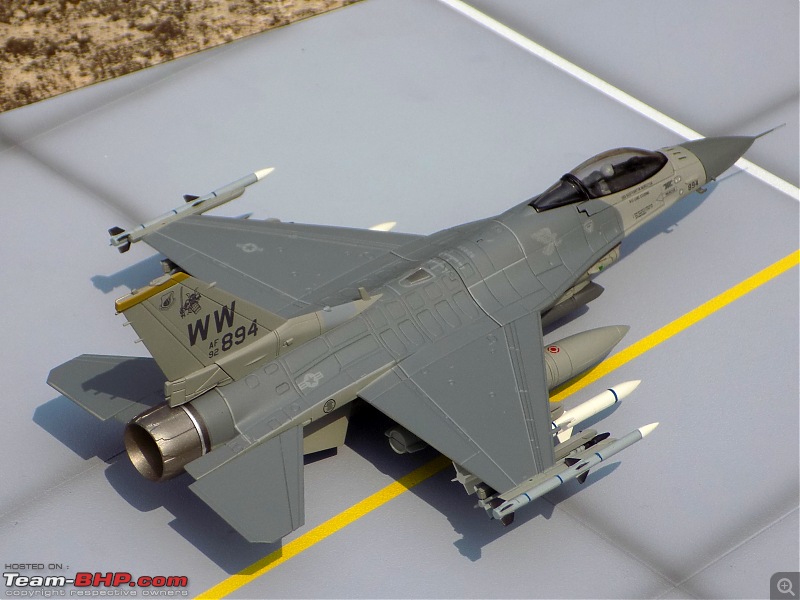
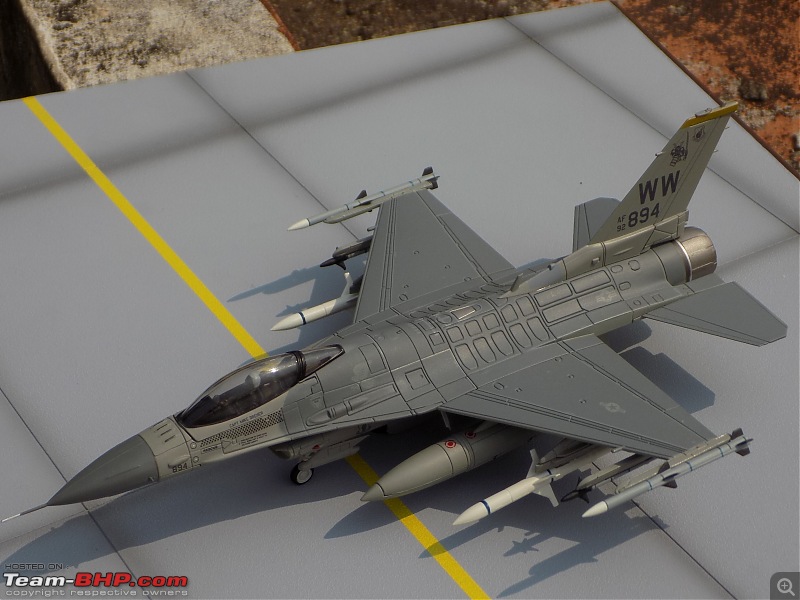
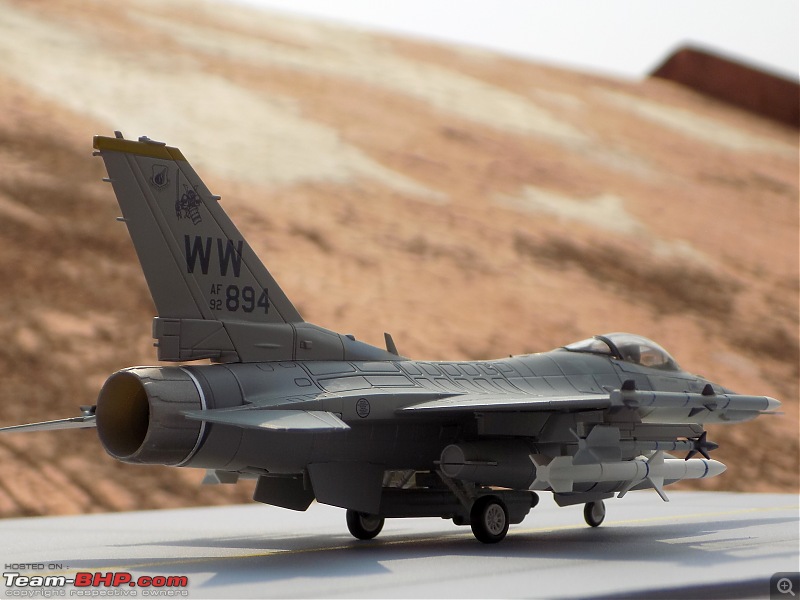
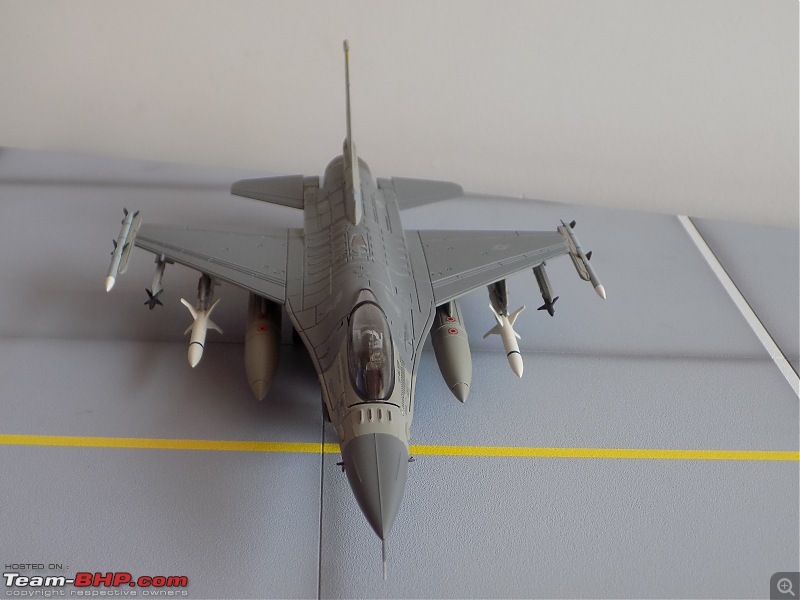
The bomb drop and missile launch markings under the canopy and the display pilot name - Captain Mike Dreher, PACAF Demo Team
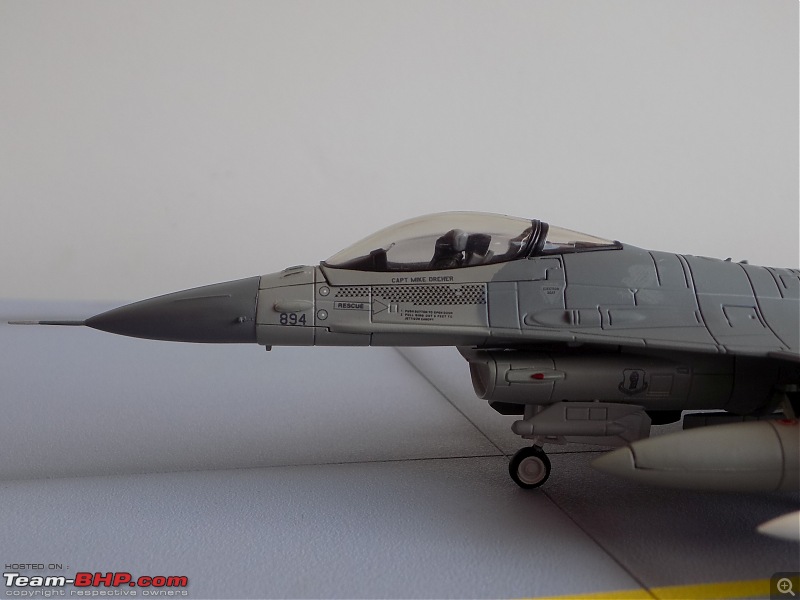
The AN/ASQ-213 HARM targeting Pod is a targeting pod mounted on the side that enables the F-16 to track the location of hostile radar systems that can then be engaged with AGM-88 HARM or other air-to-surface weapons. The Sniper Pod mounted is on the other side of the intake. The pod's FLIR (Forward Looking Infra Red) allows observation and tracking through smoke and clouds, and in low light / no light conditions. The CCD camera supports the same operations in visible light for most daylight conditions. For target coordination with ground and air forces, a laser spot tracker, a laser marker, and an HDTV quality video down-link to ground-based controllers supports rapid target detection and identification.
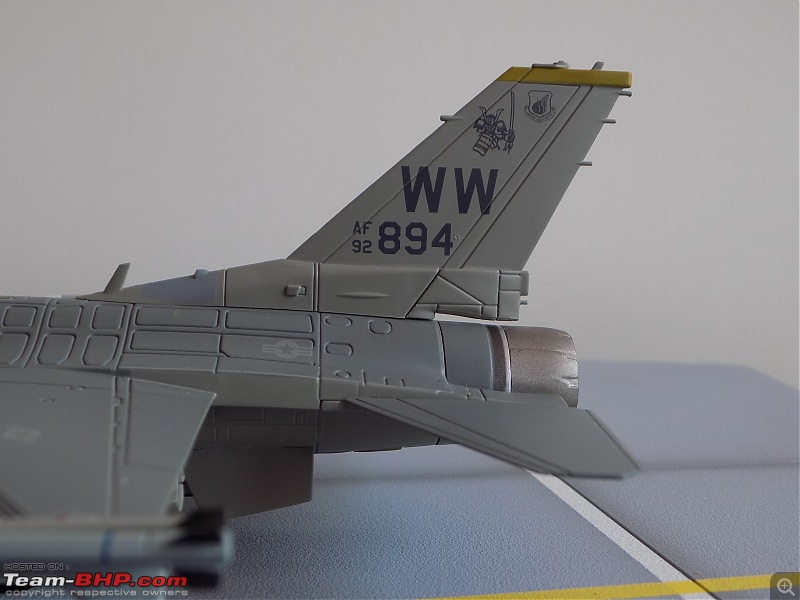
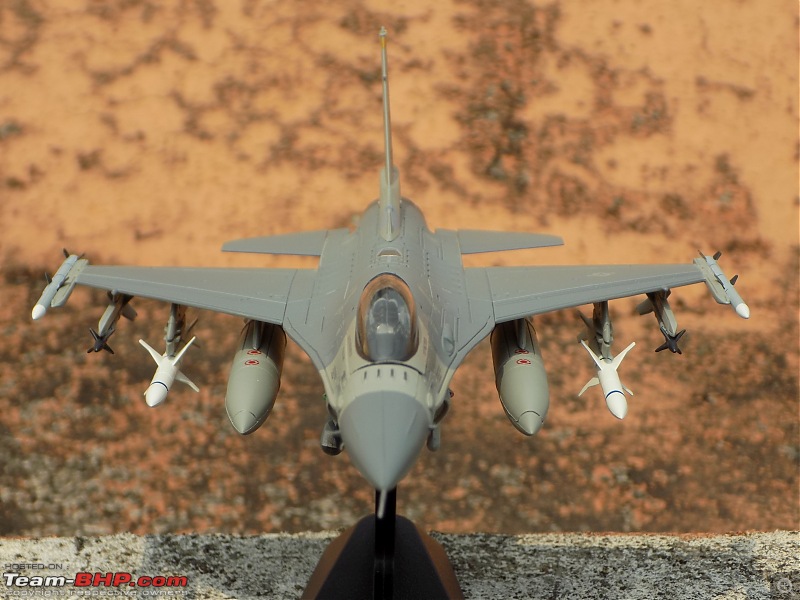
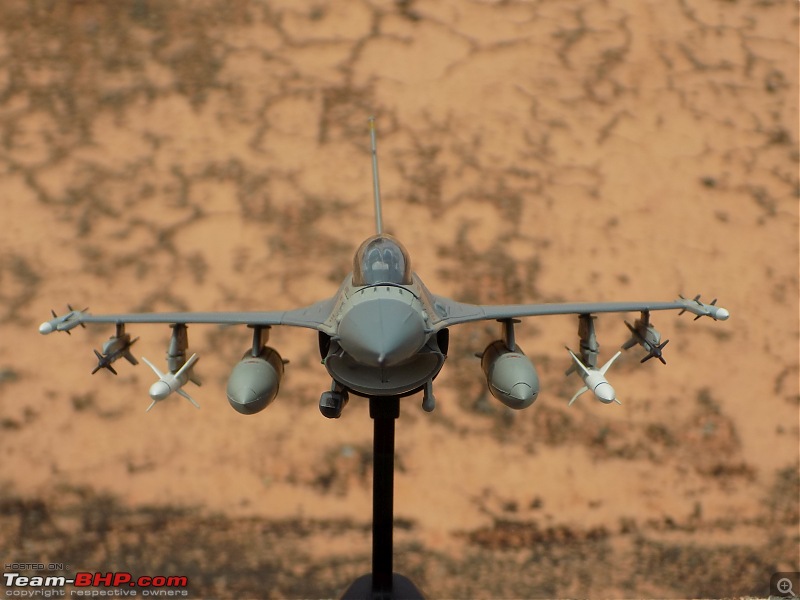
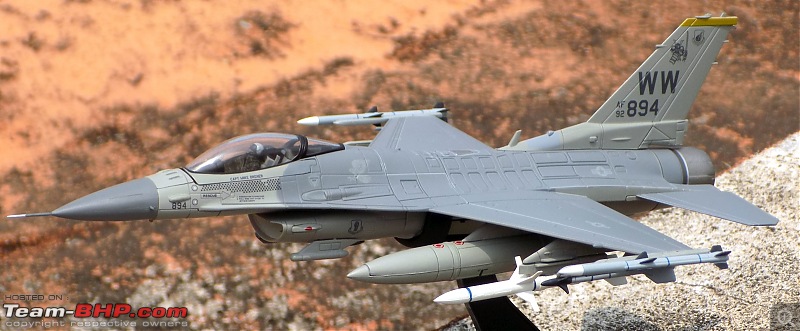
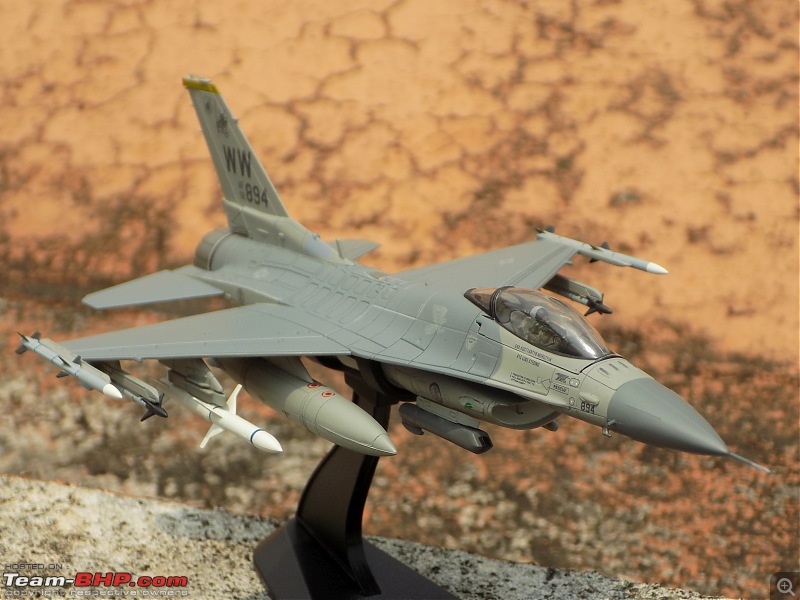
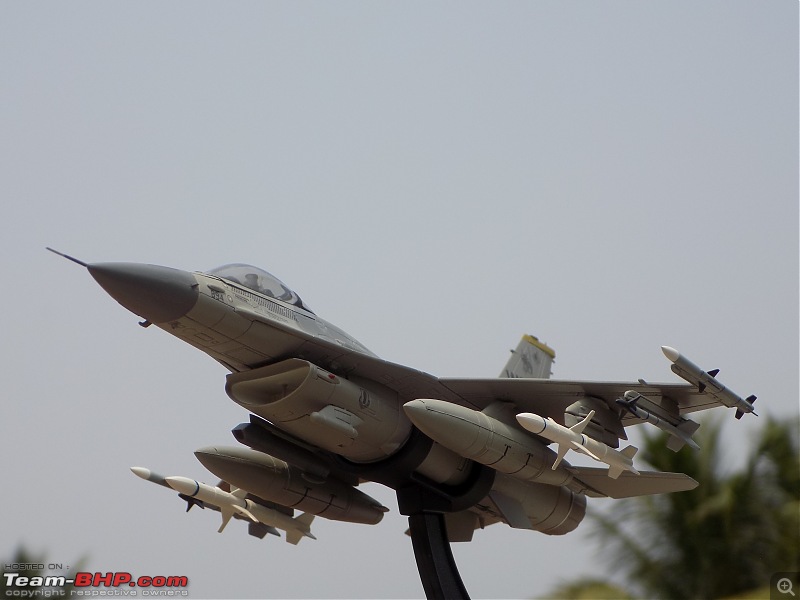
The AGM-88 HARM (High-speed Anti-Radiation Missile) missiles on the 2nd most inner pylons. It is an air-to-surface anti-radiation missile designed to home in on electronic transmissions coming from surface-to-air radar systems. The HTS pod, used by the USAF only, allows F-16s to detect and automatically target radar systems with HARMs instead of relying on the missile's sensors alone. "Magnum" is spoken over the radio by the pilot to announce the launch of an AGM-88.
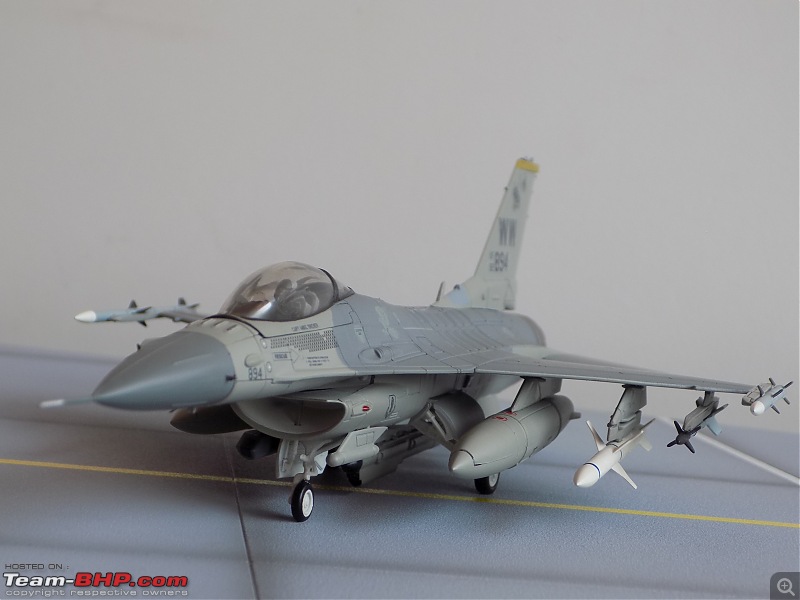
AN/ALQ-184 ECM Pod on the centerline station. An ECM (Electronic Countermeasure) Pod is an electrical or electronic device designed to trick or deceive radar, sonar, or other detection systems, like infrared (IR) or lasers. It may be used both offensively and defensively to deny targeting information to an enemy. It is used effectively to protect aircraft from guided missiles.
My 1:72 F-16s
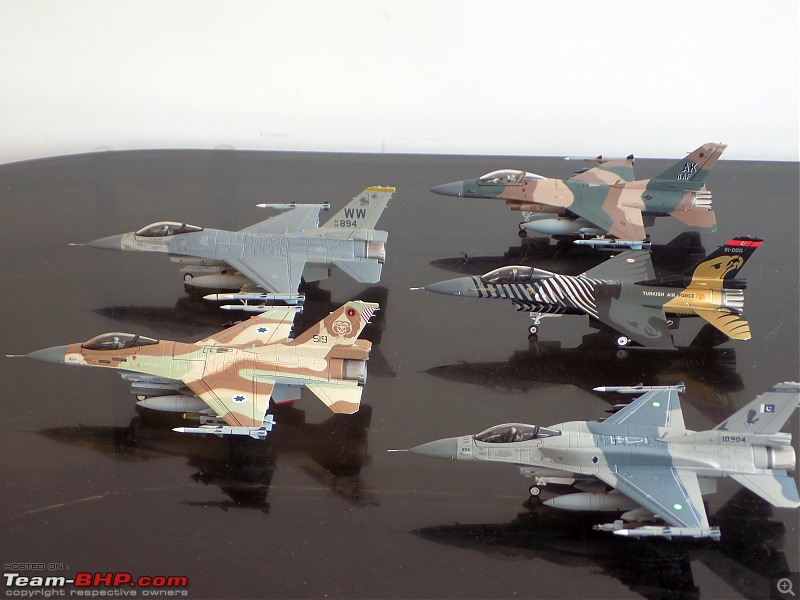
HM F-16s - IAF Block 40 F-16, USAF Block 50 F-16, PAF Block 52:
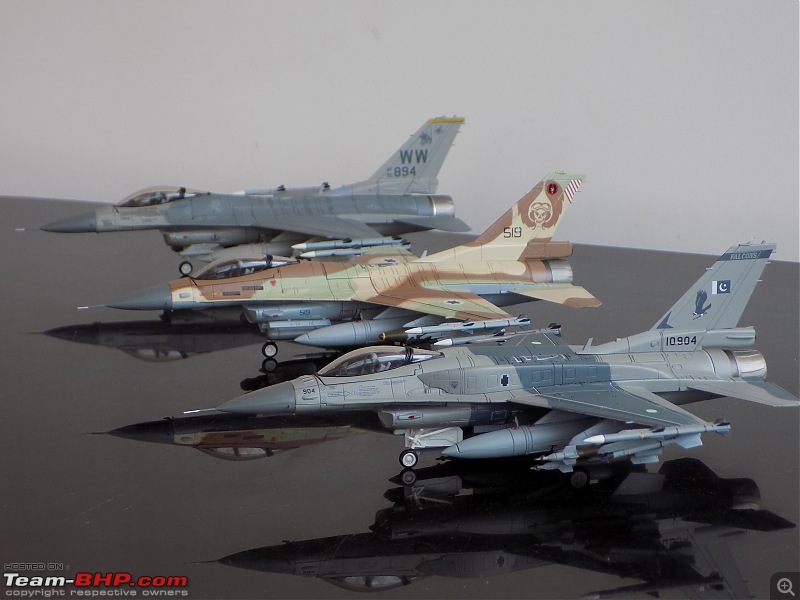
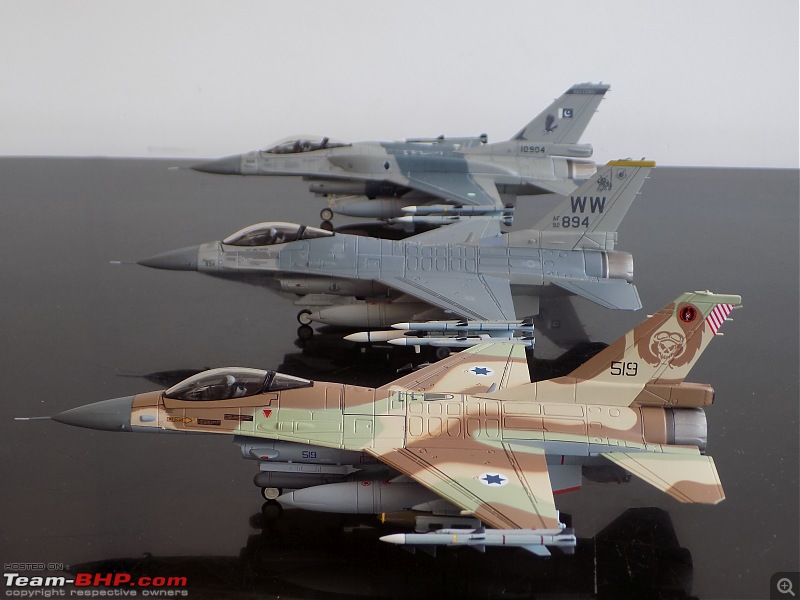
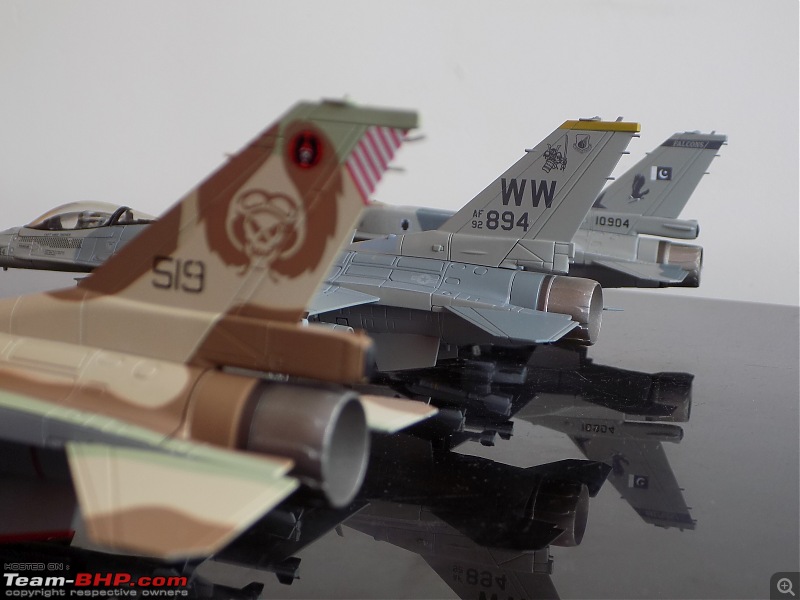
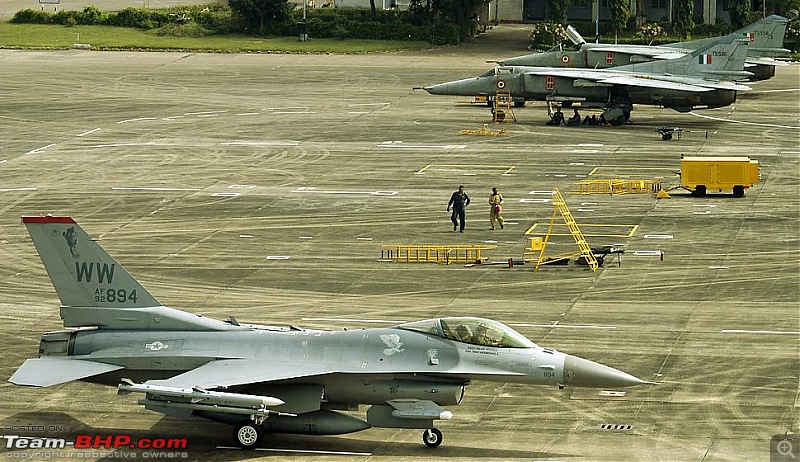
F-16C block 50 #92-3894(then with 13th FS "Panthers") taxis past Indian Air Force MiG-27 fighters on the flightline at Kalaikunda AB, India during Exercise 'Cope India 06'.
F-16C Block 50 92-3894
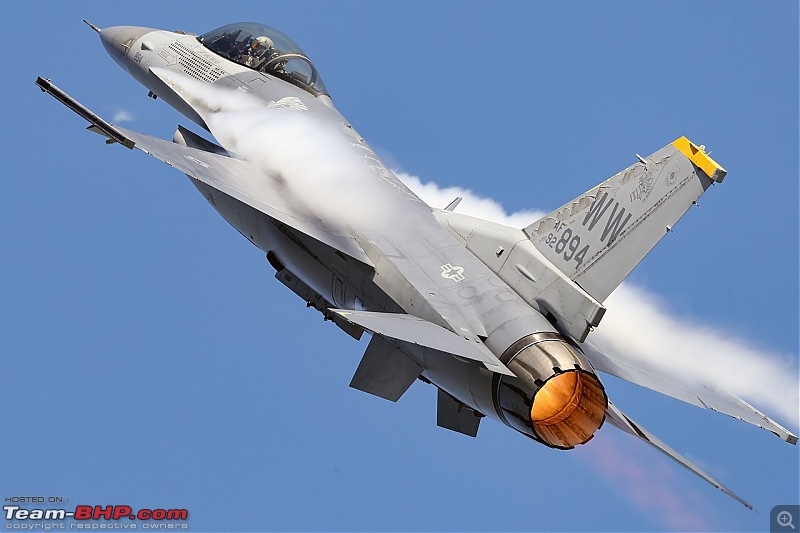
 (4)
Thanks
(4)
Thanks

 (2)
Thanks
(2)
Thanks

 (2)
Thanks
(2)
Thanks
 (4)
Thanks
(4)
Thanks
 (2)
Thanks
(2)
Thanks
 (25)
Thanks
(25)
Thanks

 (2)
Thanks
(2)
Thanks
 (7)
Thanks
(7)
Thanks
 (1)
Thanks
(1)
Thanks

 (7)
Thanks
(7)
Thanks
 (2)
Thanks
(2)
Thanks
 (1)
Thanks
(1)
Thanks

 (4)
Thanks
(4)
Thanks
 (1)
Thanks
(1)
Thanks
 (4)
Thanks
(4)
Thanks




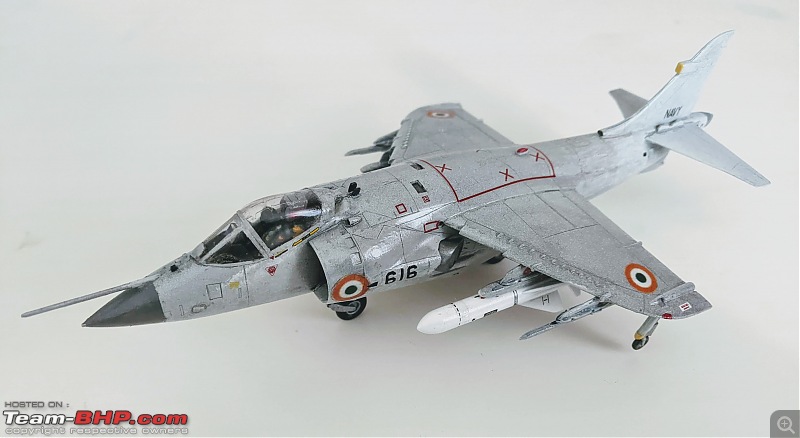
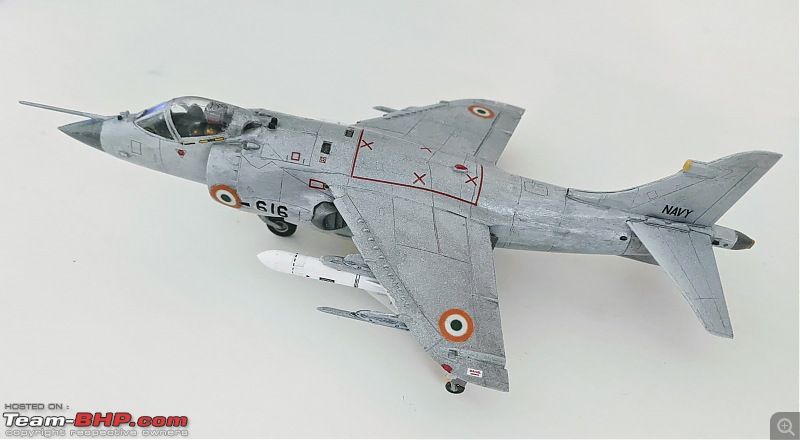

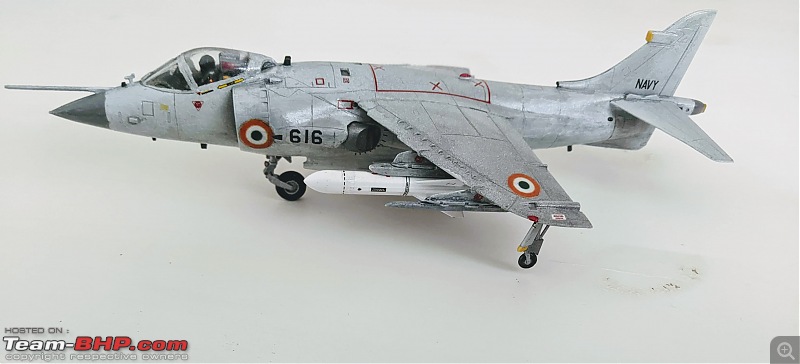
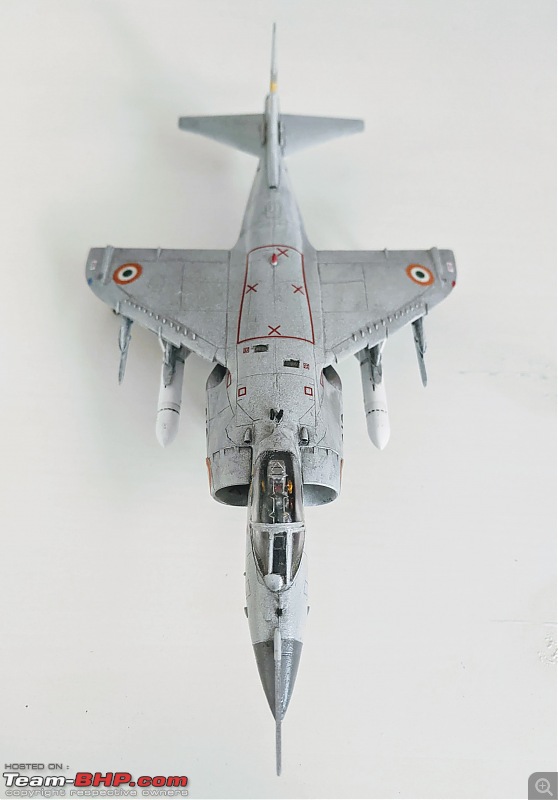
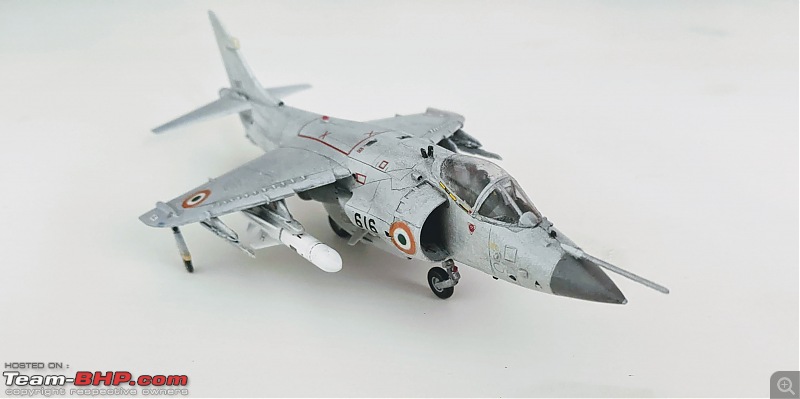
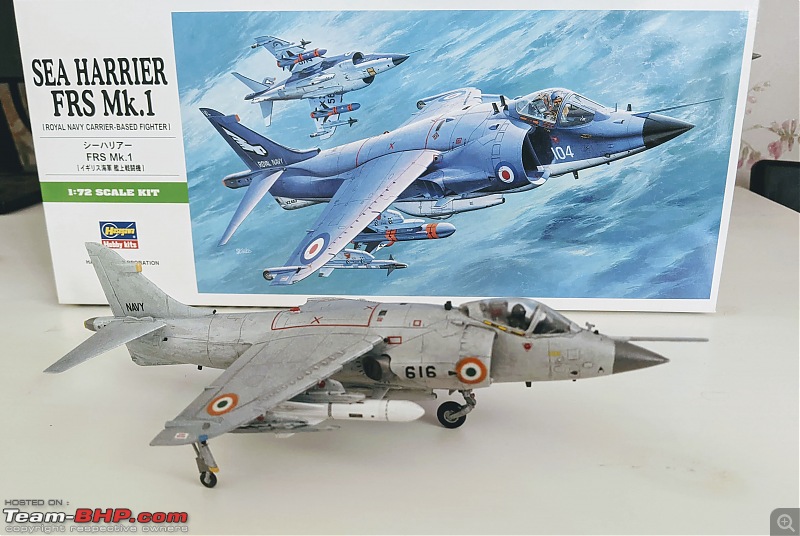
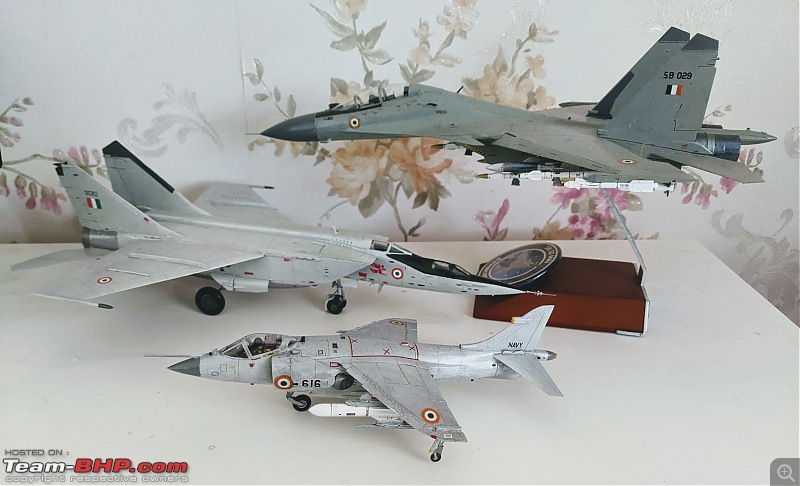
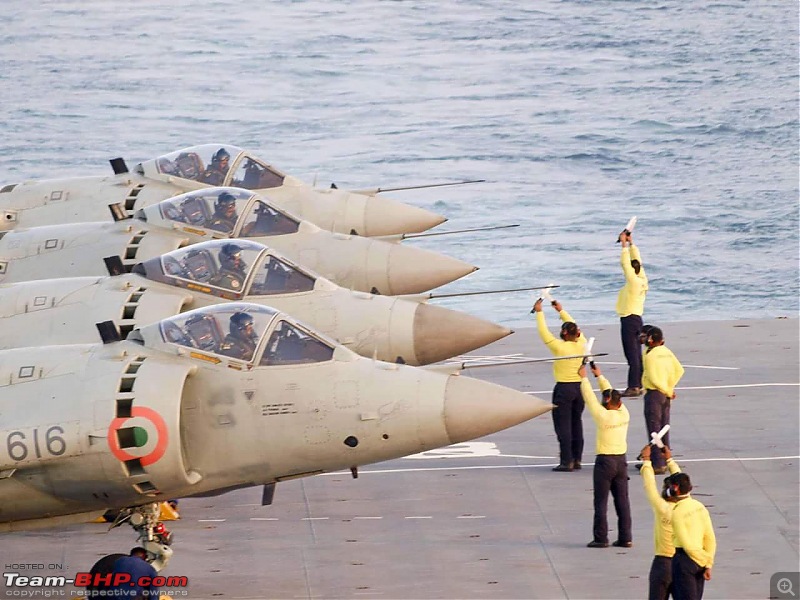

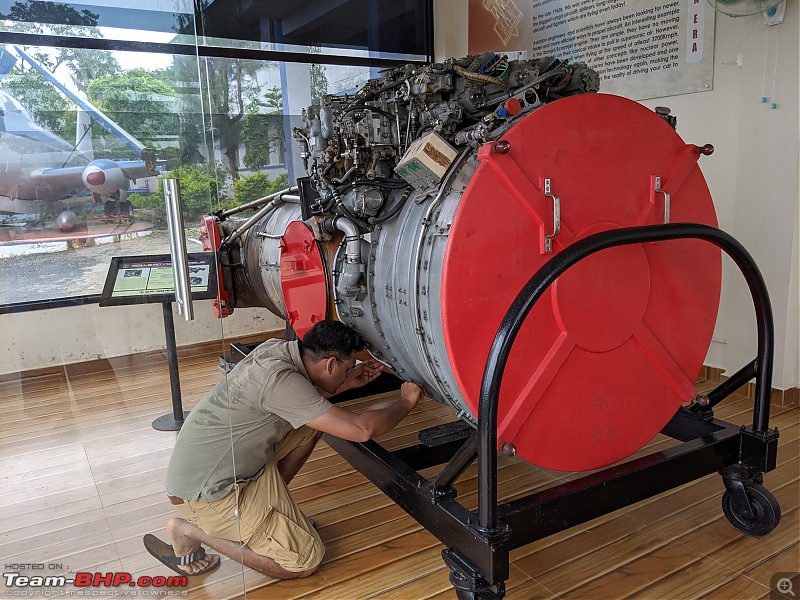

 You are getting better and better and better at building and painting your own models.
You are getting better and better and better at building and painting your own models. This scale model looks so well done - just look at the detailing on the upper wing. You should share more photos when you can. Great work Foxbat. I am looking for one too.
This scale model looks so well done - just look at the detailing on the upper wing. You should share more photos when you can. Great work Foxbat. I am looking for one too.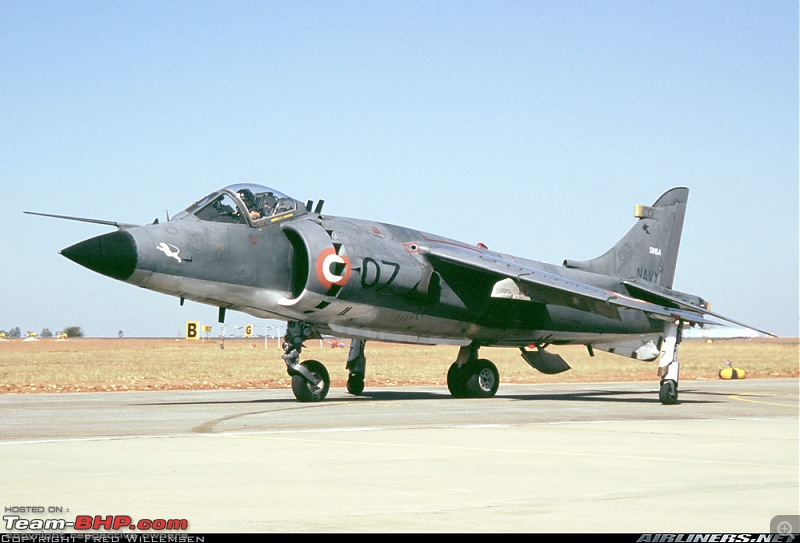
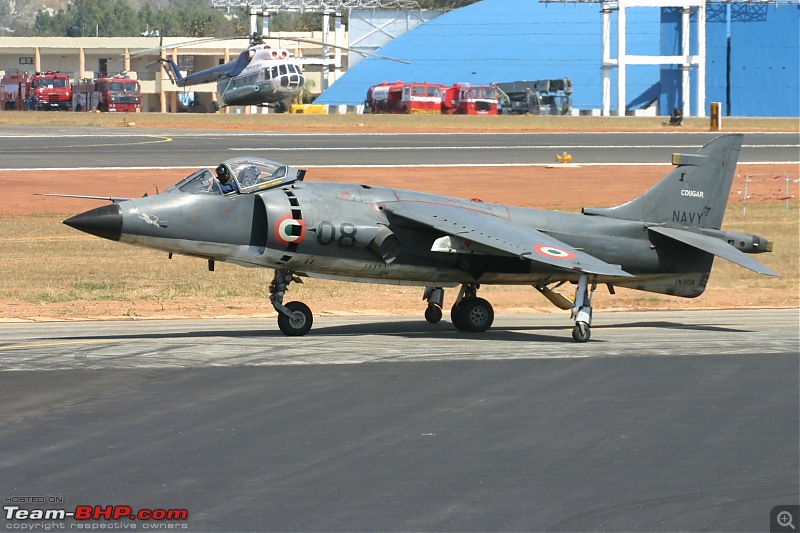
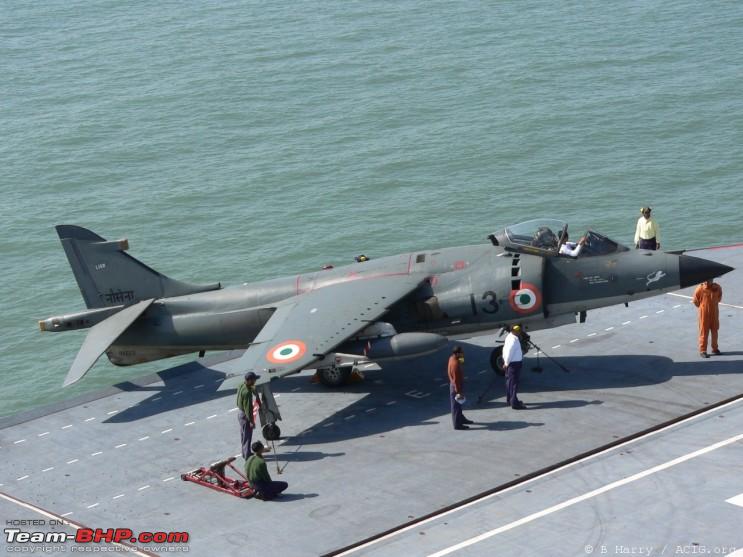
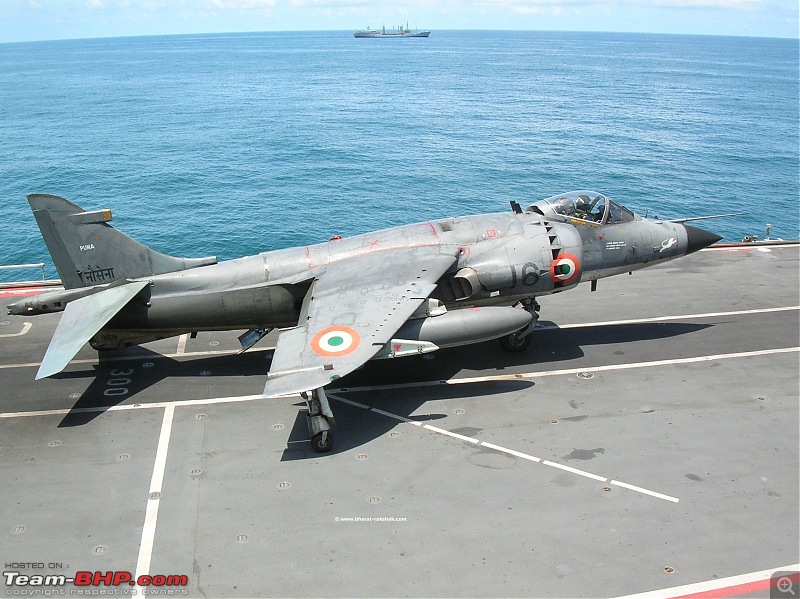
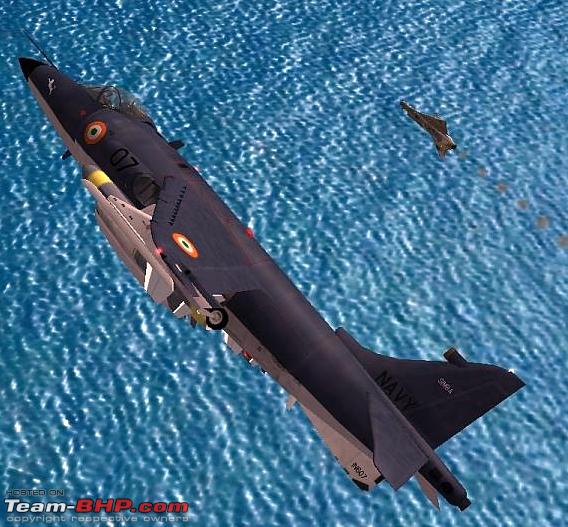
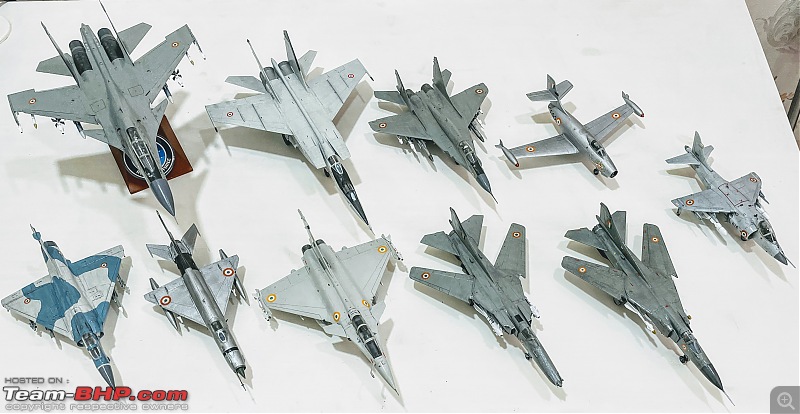
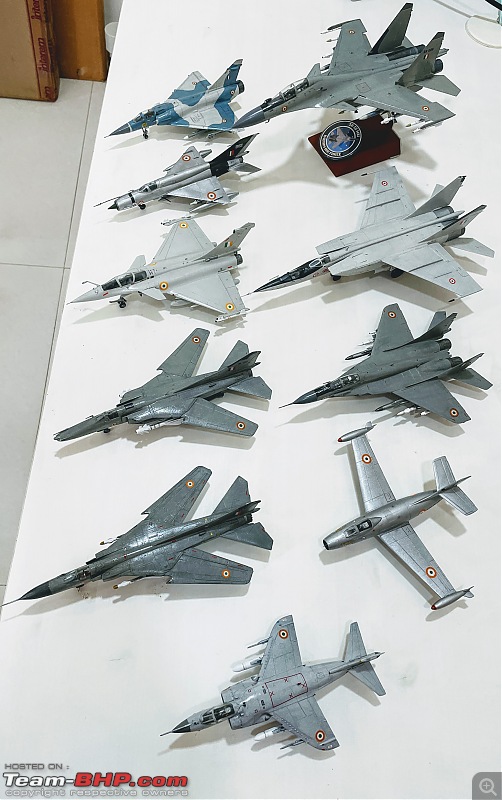
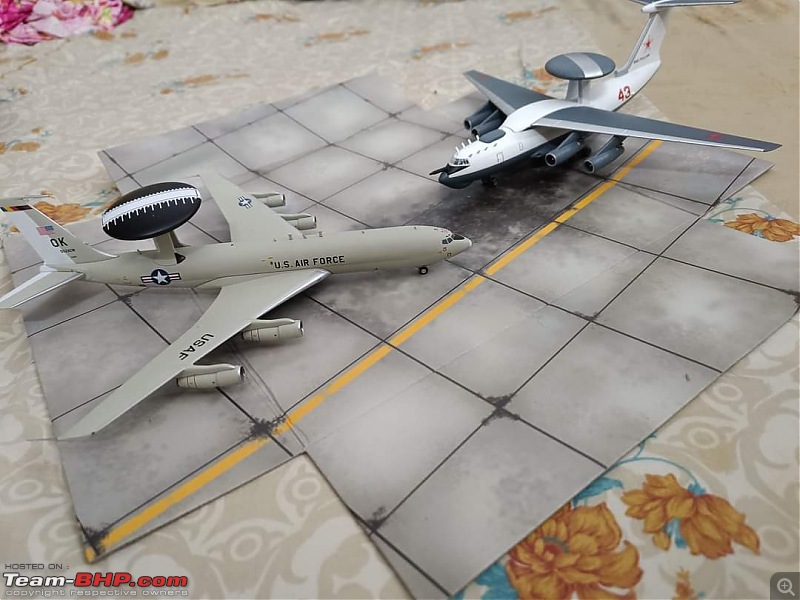

 !!!
!!! 























